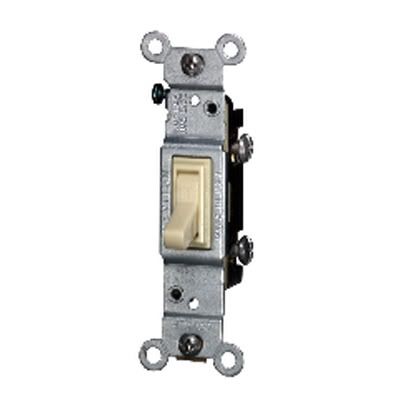John Valdes
Senior Member
- Location
- SC.
- Occupation
- Retired Electrician
Another one I don't like "neutral"
How many times have you been knocked on your butt by a so called "neutral"
Thats why I never use white wire for return conductors in control panels. I number them. The same number of course.
How many times have you been knocked on your butt by a so called "neutral"
Thats why I never use white wire for return conductors in control panels. I number them. The same number of course.


